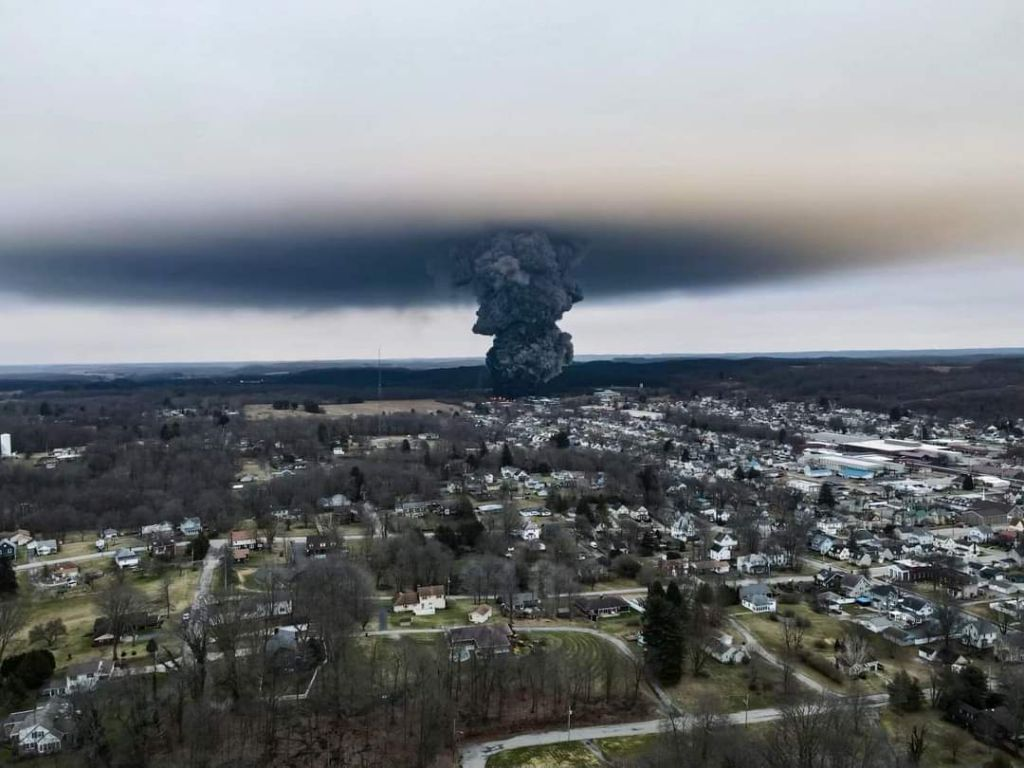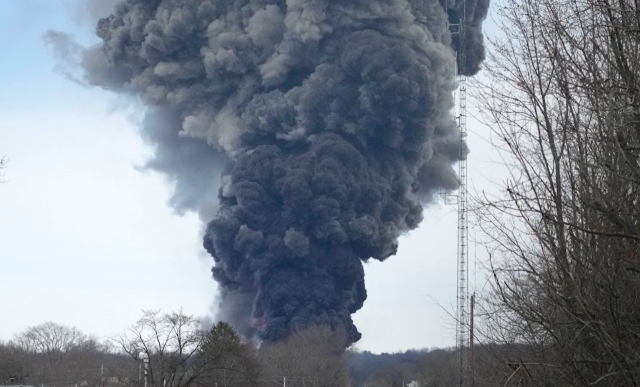
Historic wildfires continued to blaze through the US west coast on Thursday, causing tragic loss of life, the destruction of homes and a bright orange haze obscuring the skies as seen from San Francisco.
The fires, which started last month due to unusual lightning storms, have been raging out of control from Southern California, through Oregon and up into Washington, according to Financial Times.
In California, the North Complex Fire, a monstrous group of blazes that includes the fast-moving Bear Fire, has spread to cover more than 200,000 acres northeast of San Francisco, claiming 10 lives in Butte County.
Thick smoke and ash from the blazing fires are also mixing with cooler air from the Pacific Ocean, blocking the sun. This had the effect of blanketing San Francisco in an eerie, orange haze.
Parts of Oroville in California are also under urgent evacuation orders as the North Complex Fire threatens to spread further north to neighboring Oregon. State officials in Oregon put the damage at almost 900,000 acres.
The raging fires there have also devastated entire communities, including Detroit in Marion County, Blue River and Vida in Lane County and Phoenix and Talent in Jackson County.
“We have never seen this amount of uncontained fire across our state,” said Oregon Governor Kate Brown. In all, five of the state's largest fires are still about one percent contained due to strong winds.
During a virtual news conference, Brown has also announced that an evacuation order had been put in place for the Molalla area, where two fires being monitored are expected to merge.
Meanwhile, dozens of wildfires are burning on both sides of the Cascades mountain range in Washington, burning at least five towns, reported Seattle Times.
Firefighters stretched thin as fires spread to neighboring states
More than 3.1 million acres have burned in California so far during this year's fire season, according to officials from the California Department of Forestry and Fire Protection Agency (CAL FIRE).
In fact, six of the state's 20 largest fires recorded to date have occurred in 2020, added CAL FIRE. The fires have also burned more than 3,900 structures, and at least 14,000 firefighters are still out battling major fires.
But despite these record-breaking figures, CAL FIRE spokesman Daniel Berlant said Thursday that this number could continue to increase as this year's fire season is far from over.
This unprecedented firestorm has also prompted the Forest Service of the US Department of Agriculture to temporarily close all 18 of California's national forests in a bid to protect the public.
But despite state efforts to curb the spread of the fires, firefighters have been hard-pressed to contain major blazes due to unstable weather conditions, leading to the eventual spread of the fires to neighboring states.
Fires are generating unhealthy air conditions
On top of the insurmountable damage, the fires raging in California, Oregon and Washington are also generating bad air throughout the entire West Coast. It has even extended far out into the Pacific Ocean. Given this blanket of orange haze, state authorities are urging residents to prepare for unhealthy air quality.
In particular, health officials are primarily concerned about fine particles found in smoke. If inhaled, these particles could cause health problems like itching and shortness of breath, said Bonnie Holmes-Gen, chief of the health and exposure assessment branch in the research division of the California Air Resources Board.
People with preexisting lung or heart conditions and pregnant women are more vulnerable to the adverse effects of exposure to wildfire smoke. If smoke is present, Holmes-Gen recommends closing windows and turning on the air-conditioning to create a clean air space inside the house.
Moreover, given the COVID-19 pandemic, it is even more important to protect oneself from air pollution due to wildfires, she added. Doing so can help minimize the risk of severe COVID-19 outcomes that could lead to hospitalization or death. (Related: Study: Deaths in intensive care units for coronavirus patients are declining.)
Read the latest articles about the ongoing California wildfire situation at ClimateScienceNews.com.
Sources include:
Please contact us for more information.




















